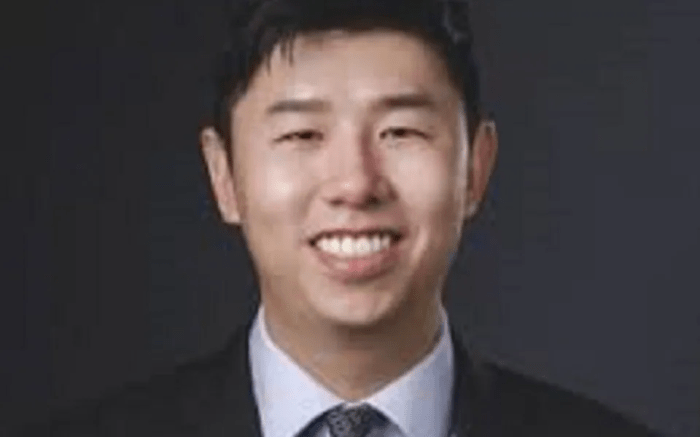By Joe Anuta
Treating cancer in the diverse population of Queens is unlike treating the disease anywhere else in the country, top oncologists at New York Hospital Queens said.
Immigrant communities in the borough tend to share the same dietary and lifestyle habits, as well as possible exposure to different environments and illnesses from their home countries, all of which can lead to cancers that are less prevalent on a national scale and require special attention, according to Dr. Dattatreyudu Nori, director of the cancer center at the Flushing hospital.
“The standard care and programs we use nationally had to be tailored to this community,” said Nori, who is also the chairman of the center’s radiation oncology department.
In Queens alone, 192 people are diagnosed with cancer each week, and 64 people die from cancer each week, according to statistics from the American Cancer Society.
On a national scale, cancer of the lung, breast, prostate and colon make up most of the cases, but not in the borough.
For example, the Asian population largely centered in Flushing suffers from a different type of cancer.
“We have a large Chinese population where liver cancer prevalence is very high,” Nori said.
Many Flushing residents who grew up in China were exposed to the virus Hepatitis B when they were younger, according to Nori, who said that while the virus may not have caused noticeable effects for decades, it often increases the risk of liver cancer.
In order to deal with the problem, the center hopes to catch the cancer early through blood tests, he said.
If the tests catch the earliest stages of cancer, it can be cured, according to Nori, but if the tests do not catch the cancer early enough, the hospital still has a novel technique to try and beat it with radiation.
The hospital, at 56-45 Main St., raised $1 million May 31 at a Manhattan fund-raiser, which the chief executive officer of the hospital hopes will go toward several aspects of the oncology department.
Stephen Mills, also the president of NYHQ, hopes one day to have a separate building to house the cancer center, and while some of the money donated will go toward that goal, it will also go toward keeping the services the hospital already has.
And Mills hopes Queens residents realize they can receive top-notch cancer care without leaving the borough for nationally recognized centers like the Memorial Sloan-Kettering Cancer Center in Manhattan.
“Cancer care protocols are well-developed nationally,” Mills said. “Whether you go to Memorial Sloan-Kettering or not, the form of the treatment is not going to change a lot.”
Some of the funds raised will also go toward clinical research on cancers that are found in the borough.
The Asian population of Flushing is also at risk for higher rates of throat and mouth cancer, according to Nori.
This can also stem from exposure to viruses, but according to Nori can be the result of continually irritating the throat through certain spicy foods or other irritants like smoking.
The South Asian population, including Indian and Bangladeshi residents, are at a higher risk for breast and gynecological cancers stemming from high birth rates and a virus called the human papilloma virus, which is known to cause cancer of the cervix.
Reach reporter Joe Anuta by e-mail at januta@cnglocal.com or by phone at 718-260-4566.





































